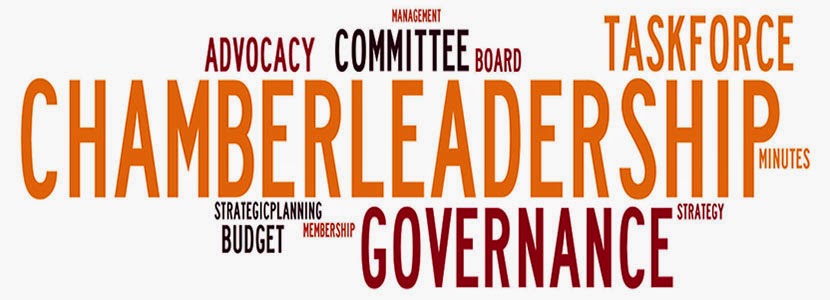Some suggest the smaller the board the more efficient it can be. Larger boards may take advantage of using an executive committee to do most of the work.
He did talk about how boards should be a representative sample of your community.
In the past, I’ve always written about getting board members with three key attributes.
- Intellect
- Passion
- Money
That’s also another way of saying you want board members who can make decisions for themselves (i.e., C suite or CEO’s).
Onboarding is another critical step in having a successful and productive board. I’m a firm believer that you should have a new board member orientation, led by the chairman, and attended by key staff members of the organization to go over the priorities of the organization and the role they play as board members.
This would also be a good time to remind them of their fiduciary responsibilities as board members as it relates to Duty of Care, Duty of Loyalty and Duty of Obedience.
At the end of the day, set the expectations upfront, that way they will know how to respond. For a previous post on board orientations go HERE and HERE.
Good luck!


